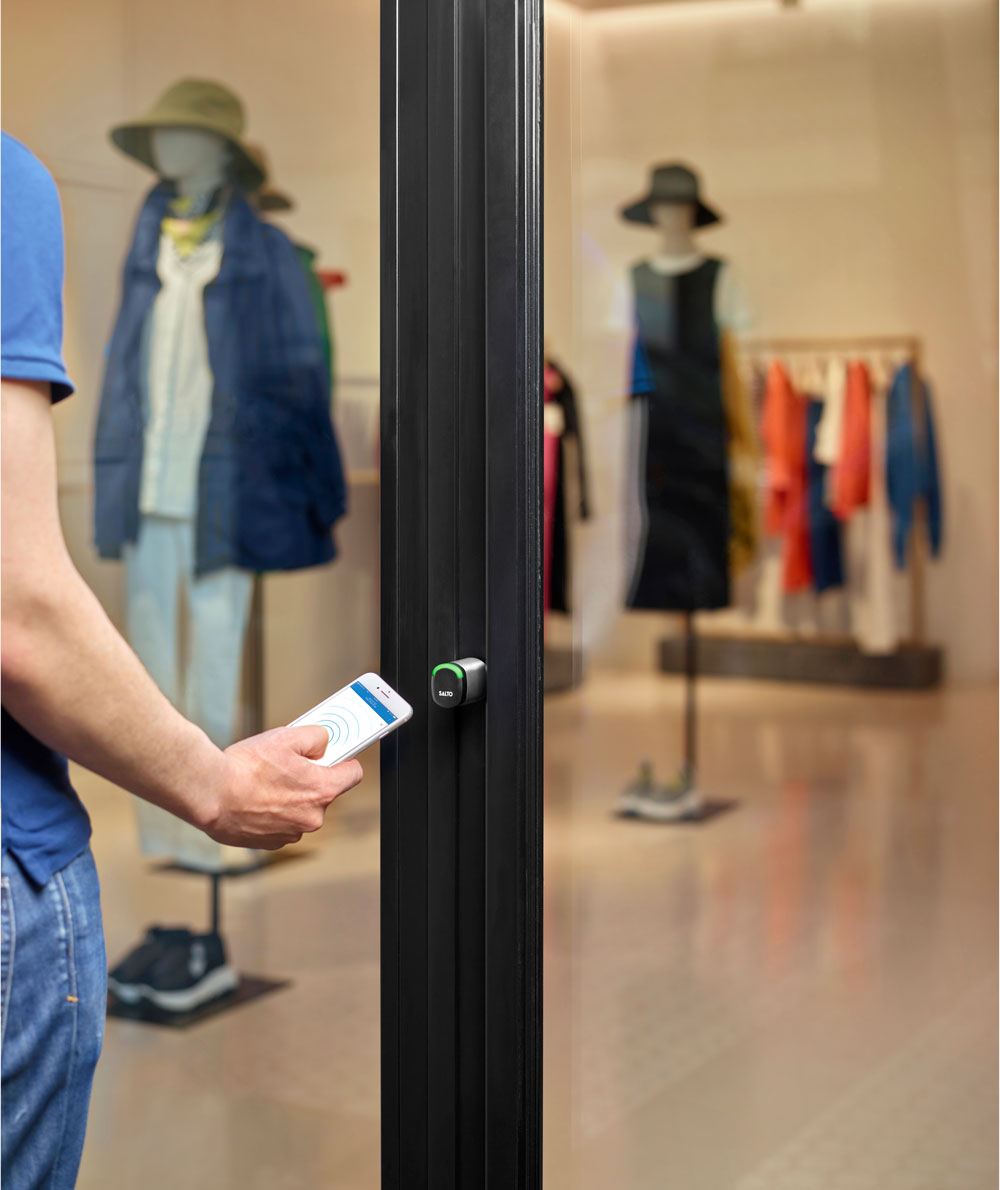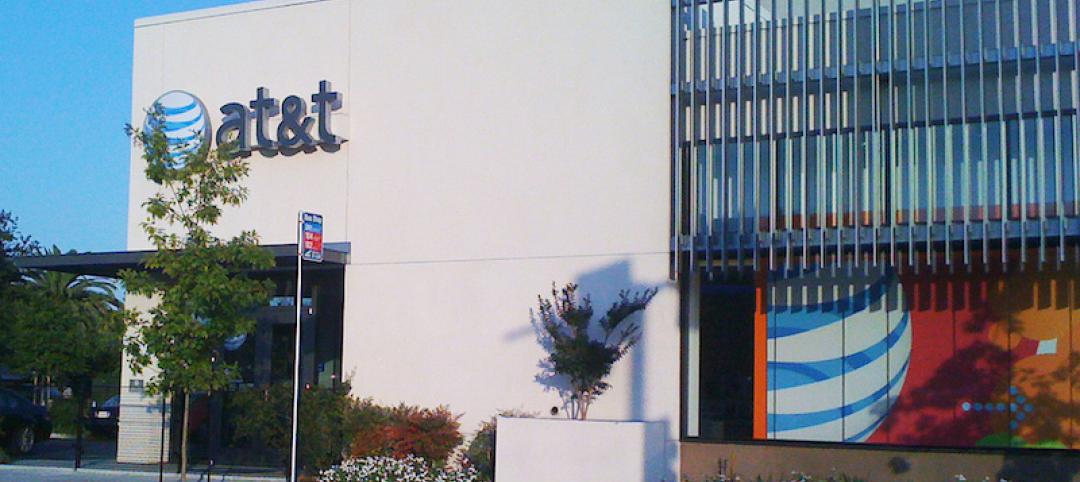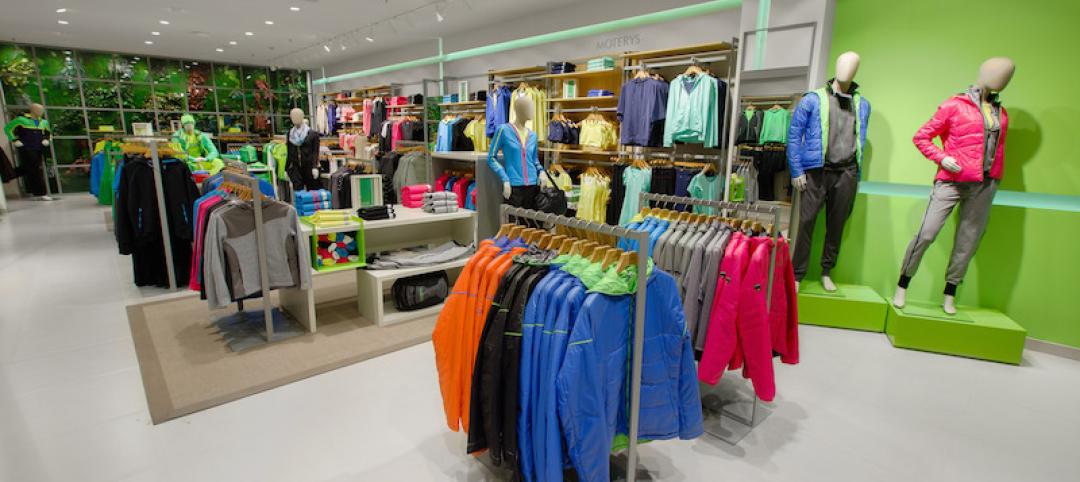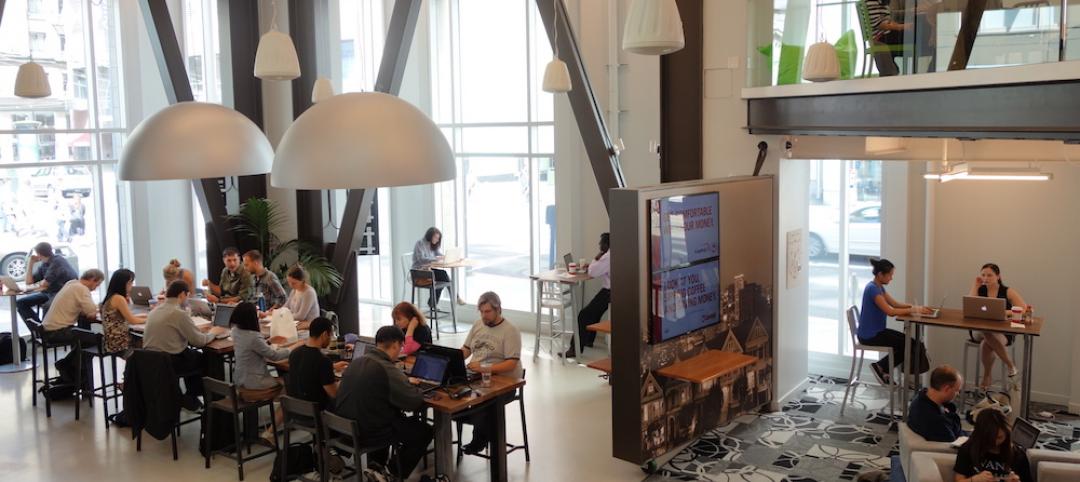“Dark deliveries” is a term that refers to receiving shipments in retail facilities when the store is closed or minimally staffed. “This can happen late at night, early in the morning, or when the retail operation is outside its peak activity mode,” says John Wright, Retail & Fitness Industry Business Leader at SALTO Systems.
While dark deliveries aren’t a new concept, they’ve recently gained more attention due to the increase in e-commerce and the need for efficient, round-the-clock operations. Wright notes that the Covid-19 pandemic also increased the trend toward dark deliveries in order to minimize interpersonal contact. “What’s new, however, is the advanced wireless access control technology — like SALTO KS — that makes managing dark deliveries more secure and efficient than ever before,” he adds.
The Basics of Wireless Access Control
One of the important features of wireless access control is how it is able to manage permissions remotely. Retail managers don’t need to be onsite to allow access, and they can specify certain windows of time during which delivery drivers can access the facility, all from a smartphone or computer.
This level of control has multiple benefits. It not only limits delivery access to specific windows of time during off-hours — it records who entered the facility and when. If a security issue should arise, this audit trail is key to investigating it. If unauthorized access should occur or a door is left open, real-time notifications alert management of the breach.
Another important benefit of wireless access control is how easy the system is to install. It doesn’t require expensive wiring and allows for a faster and smoother transition to dark deliveries. And as the retail operation grows, wireless systems are easier to scale up than traditional wired systems. This might involve additional retail locations, storage facilities or loading docks.
How Wireless Access Works
Wireless access control is managed remotely in the cloud. Access permissions are configured through a centralized management platform, usually accessible through a web browser or mobile app. This enables management to adjust permissions as necessary from anywhere at any time.
Entry to the facility can be scheduled for specific hours. However, should a delivery driver arrive at an unscheduled time, temporary access can be granted. For one-time or infrequent drivers, temporary access codes can be issued which expire after a set period of time. In an emergency situation, doors can be instantly locked or unlocked from the management platform, allowing for a quick response.
Security is an important feature of wireless access control. It can be set up to require multi-factor authentication, necessitating a second form of verification to enter the facility. Additional security is also provided through advanced encryption applied to the data collected by the system. “This ensures that information like access codes and logs are secure from cyberthreats,” says Wright. He notes that wireless access control can also integrate with other security systems, like closed-circuit TV, alarms and inventory control systems, becoming an integral part of a comprehensive security strategy.
Because the locks are battery-operated, they are easy to install and maintain, requiring no wiring. Battery life can be monitored remotely, ensuring the locks are always operational.
Real Benefits
Wireless access control reduces shrinkage, says Wright. “One of the primary areas where retailers experience losses is through shrinkage, which includes theft, fraud and inventory errors. Wireless access control helps by strictly regulating who has access to inventory areas, thereby reducing opportunities for theft.” The audit trails provided by the wireless systems makes it easy to track who has been where and when. This increases accountability among staff and contractors, and deters theft and mishandling of goods.
For retail businesses with compliance concerns, failing to adhere to regulations about who can access certain areas and when they’re permitted to can result in significant fines. Wireless access control monitors facility security and helps retailers avoid these financial penalties.
These systems offer additional financial benefits as well. Insurance premiums may be reduced due to decreased opportunity for theft, and the number of staff required to be on-premises during off-hours to receive deliveries can be reduced.
Other benefits include:
- Reduced risk of litigation by providing evidence in the event of an incident
- Vendor accountability, ensuring that deliveries are being made on time
- Providing cleaning and maintenance crew access during off-hours
- The ability to better manage energy usage, since smart access can be integrated with lighting and climate control systems
- Private shopping appointments for VIP customers
The real benefits of wireless access control can’t be overstated. Having complete control of who enters the retail establishment and when provides additional security, efficiency and financial advantages that mechanical locks simply cannot.
Related Stories
Hotel Facilities | Sep 26, 2016
$75 million commercial tower and hotel proposed in downtown Atlanta
The tower would be built on a site currently occupied by a Hertz Car Rental and parking lot.
| Aug 11, 2016
RETAIL GIANTS: Retailers and developers mix it up to stay relevant with shoppers
Retail is becoming closely aligned with entertainment, and malls that can be repositioned as lifestyle centers will have enhanced value.
| Aug 10, 2016
Top 50 Retail Engineering Firms
Jacobs, Henderson Engineers, and WSP | Parsons Brinckerhoff top Building Design+Construction’s annual ranking of the nation’s largest retail sector engineering and E/A firms, as reported in the 2016 Giants 300 Report.
| Aug 10, 2016
Top 80 Retail Construction Firms
VCC, PCL Construction Enterprises, and The Whiting-Turner Contracting Co. top Building Design+Construction’s annual ranking of the nation’s largest retail sector construction and construction management firms, as reported in the 2016 Giants 300 Report.
| Aug 10, 2016
Top 90 Retail Architecture Firms
Gensler, GreenbergFarrow, and MG2 top Building Design+Construction’s annual ranking of the nation’s largest retail sector architecture and A/E firms, as reported in the 2016 Giants 300 Report.
Modular Building | Jul 22, 2016
PNC Bank’s 'Tiny Branch' opens on West Virginia University campus
The new branch doesn’t need much space for its ATM and new accounts and personal loans services.
Retail Centers | Jul 21, 2016
MVRDV designs Seoul entertainment district with gold entrance and curtain façade
The 9,800-sm complex will have retail and nightclub space. A plaza separates the two concrete buildings.
Retail Centers | Jul 14, 2016
Capital One adds coffee shops to bank locations
Several cities opened or are planning Capital One Cafes where customers can buy a latte and make a checking deposit.
Healthcare Facilities | Jun 19, 2016
Rapid growth of retail health clinics presents new choices for consumers, payers, and providers
Service expansions help dealers boost clinics’ profitability.
Retail Centers | Jun 14, 2016
Zaha Hadid and Gensler among finalists for Sunset Strip billboard design competition
The concepts are curvy, sleek, and multidimensional, and feature sharp digital displays.
















